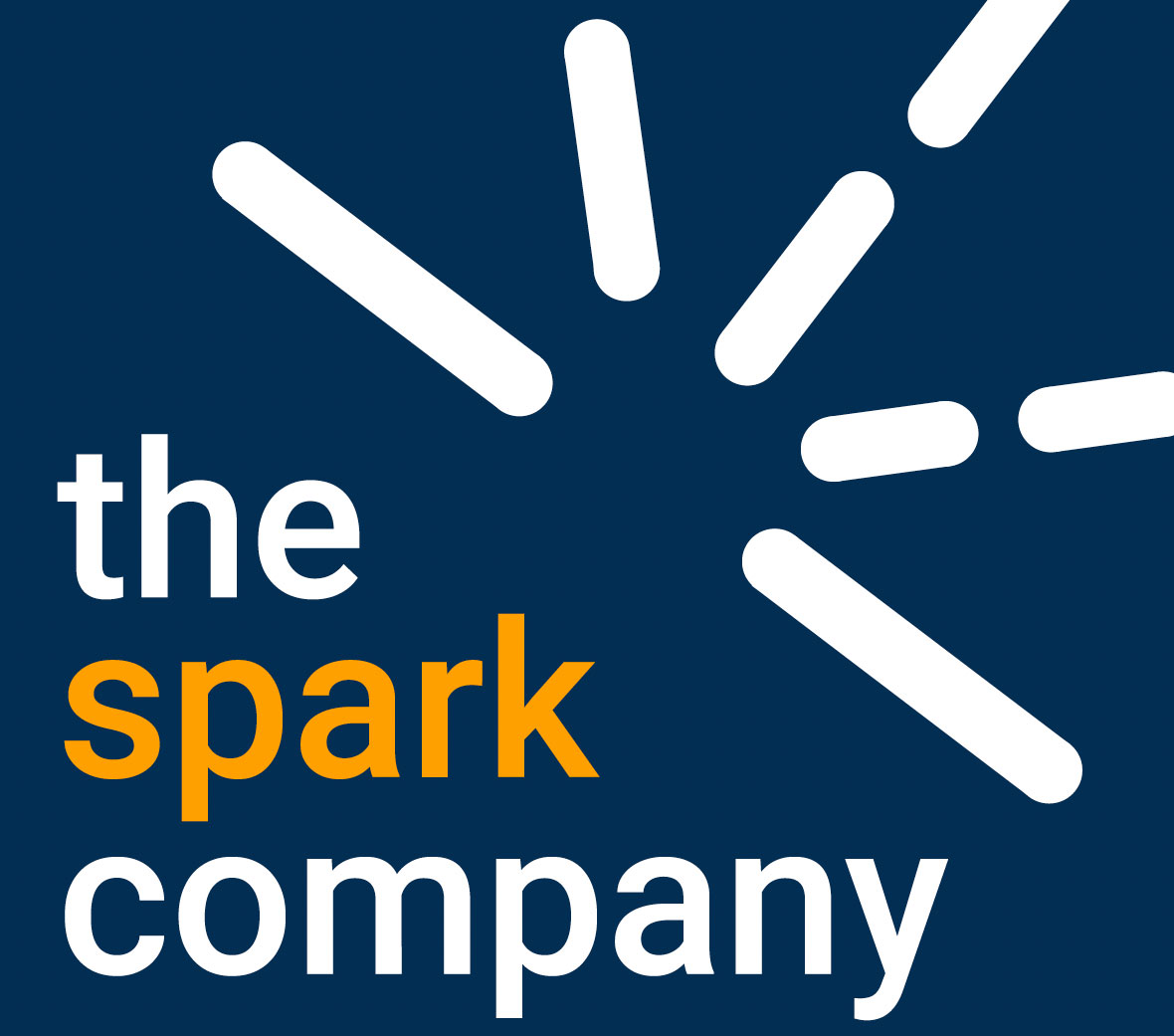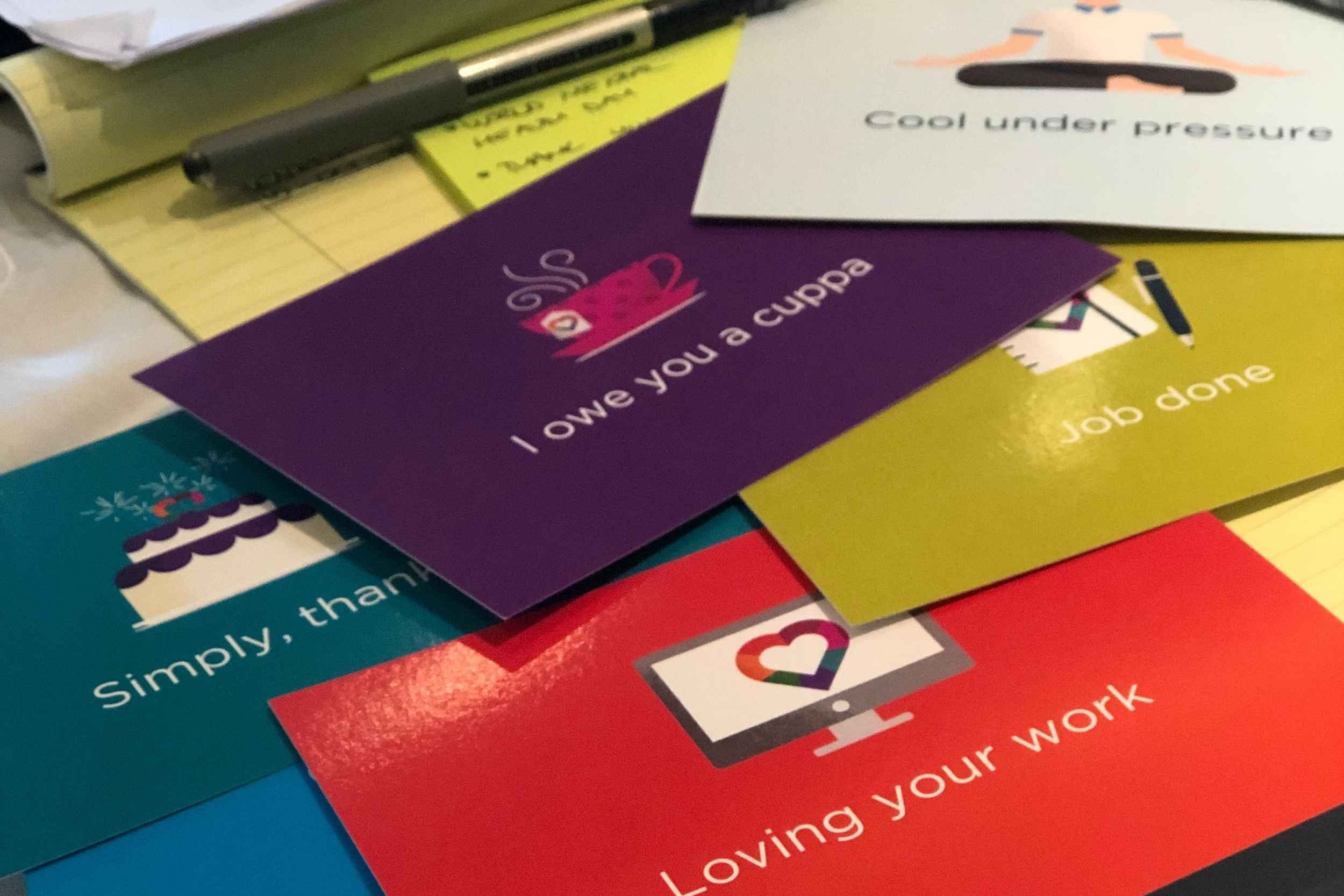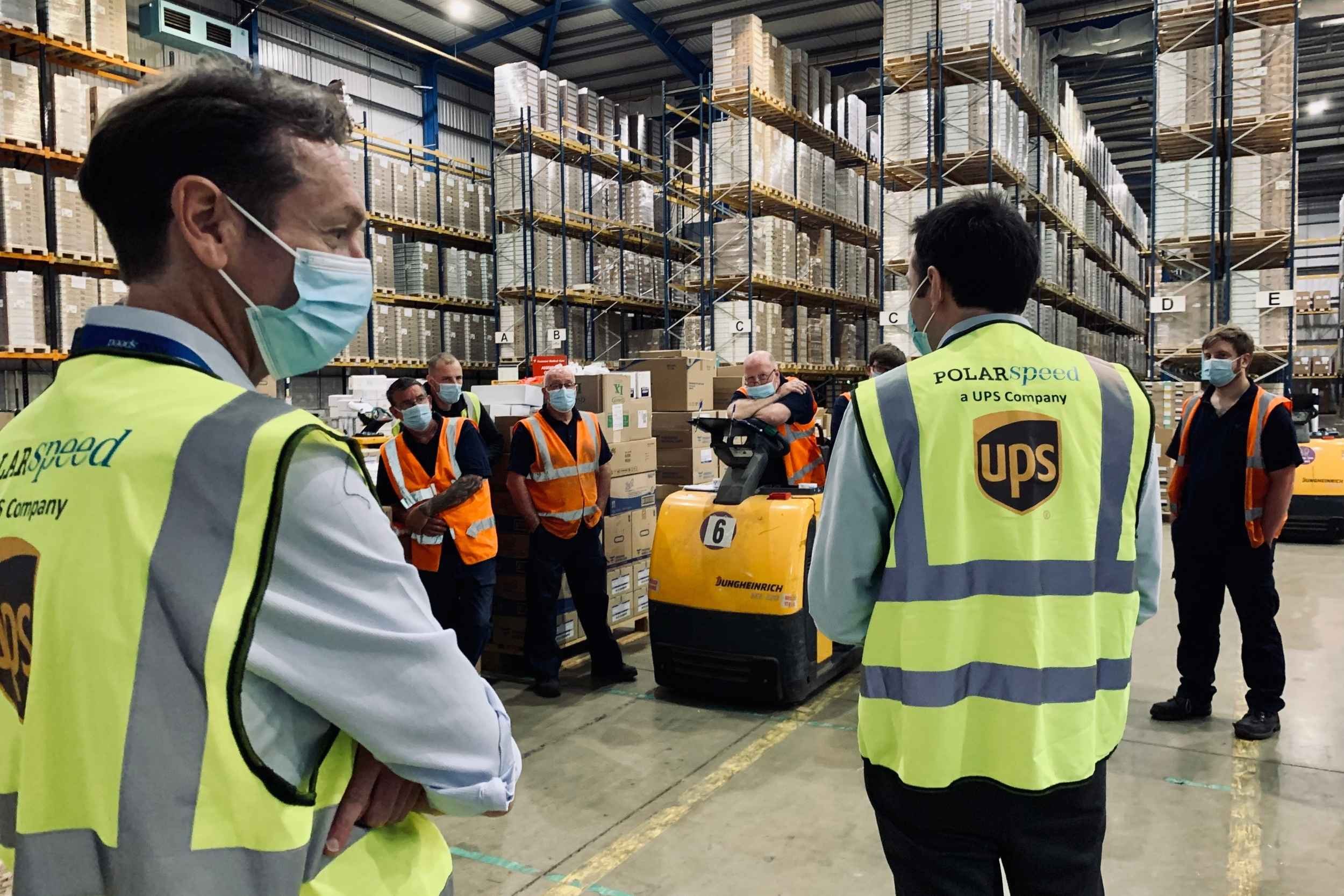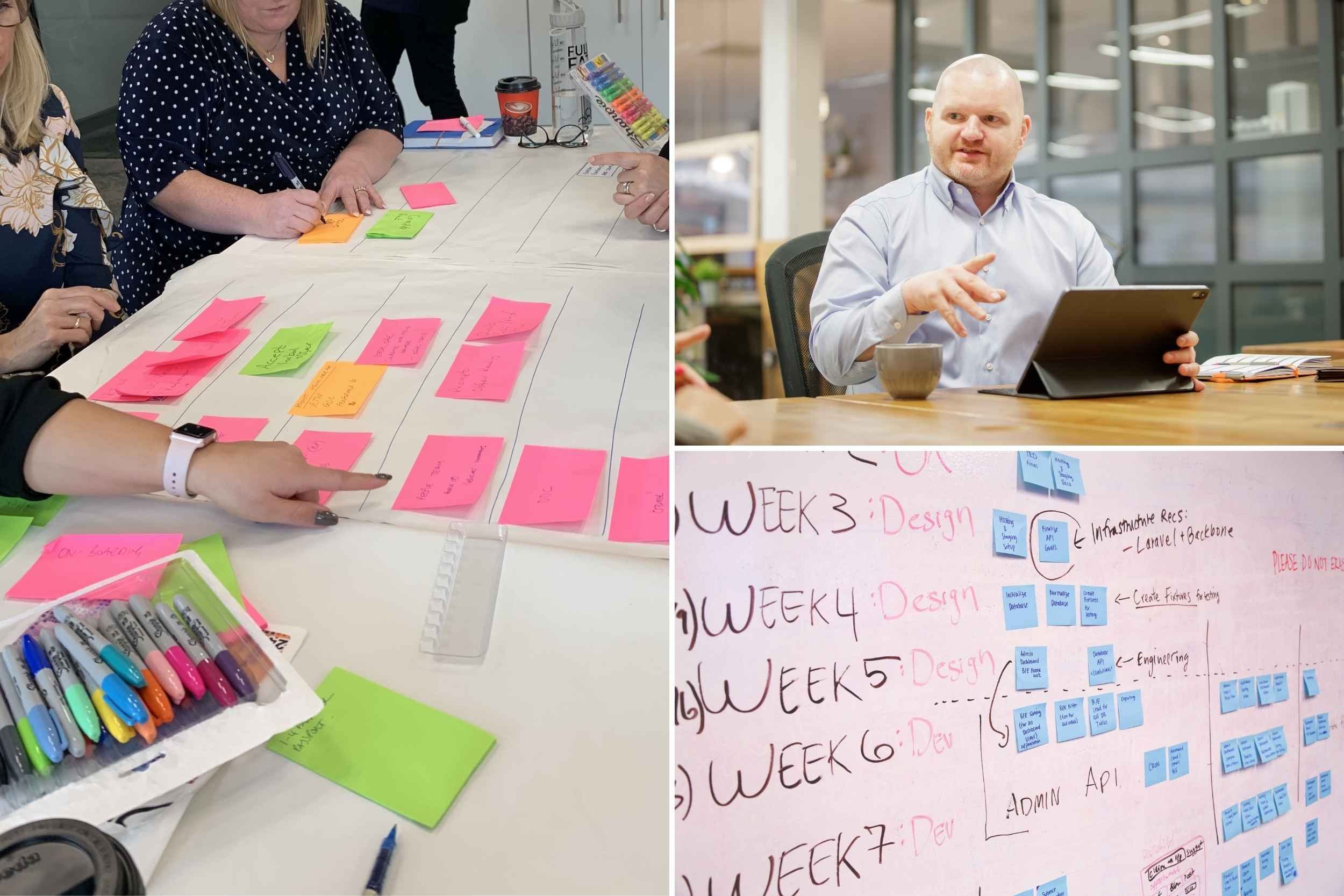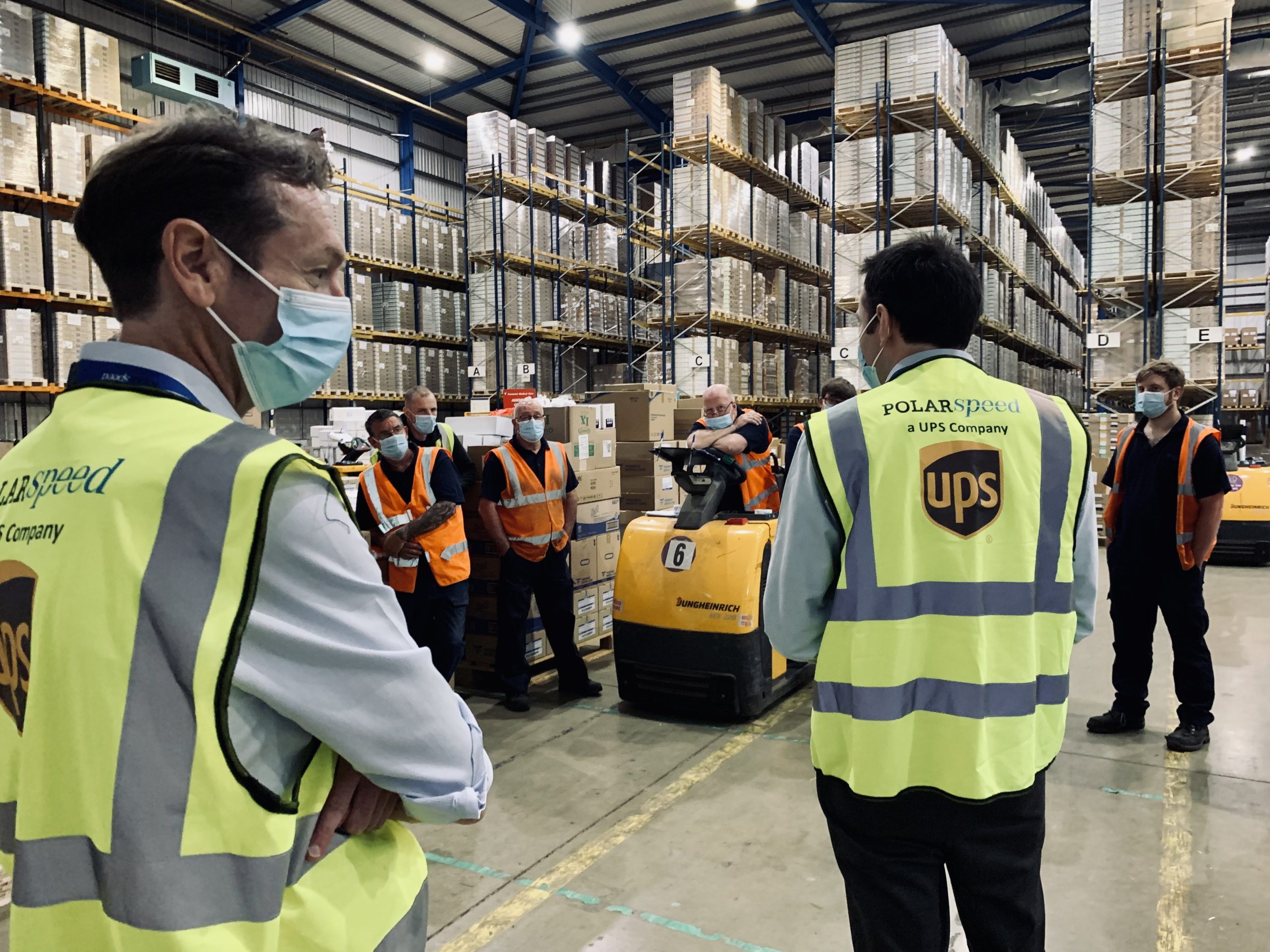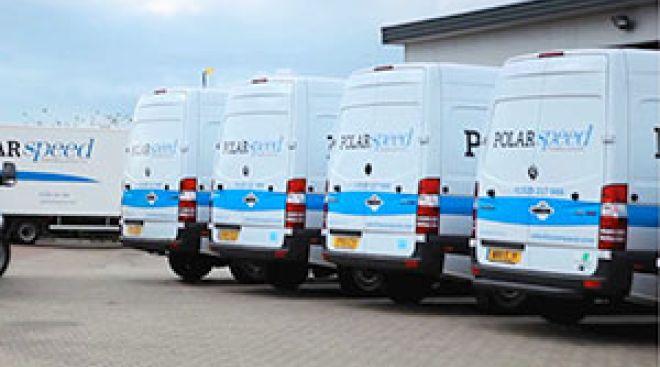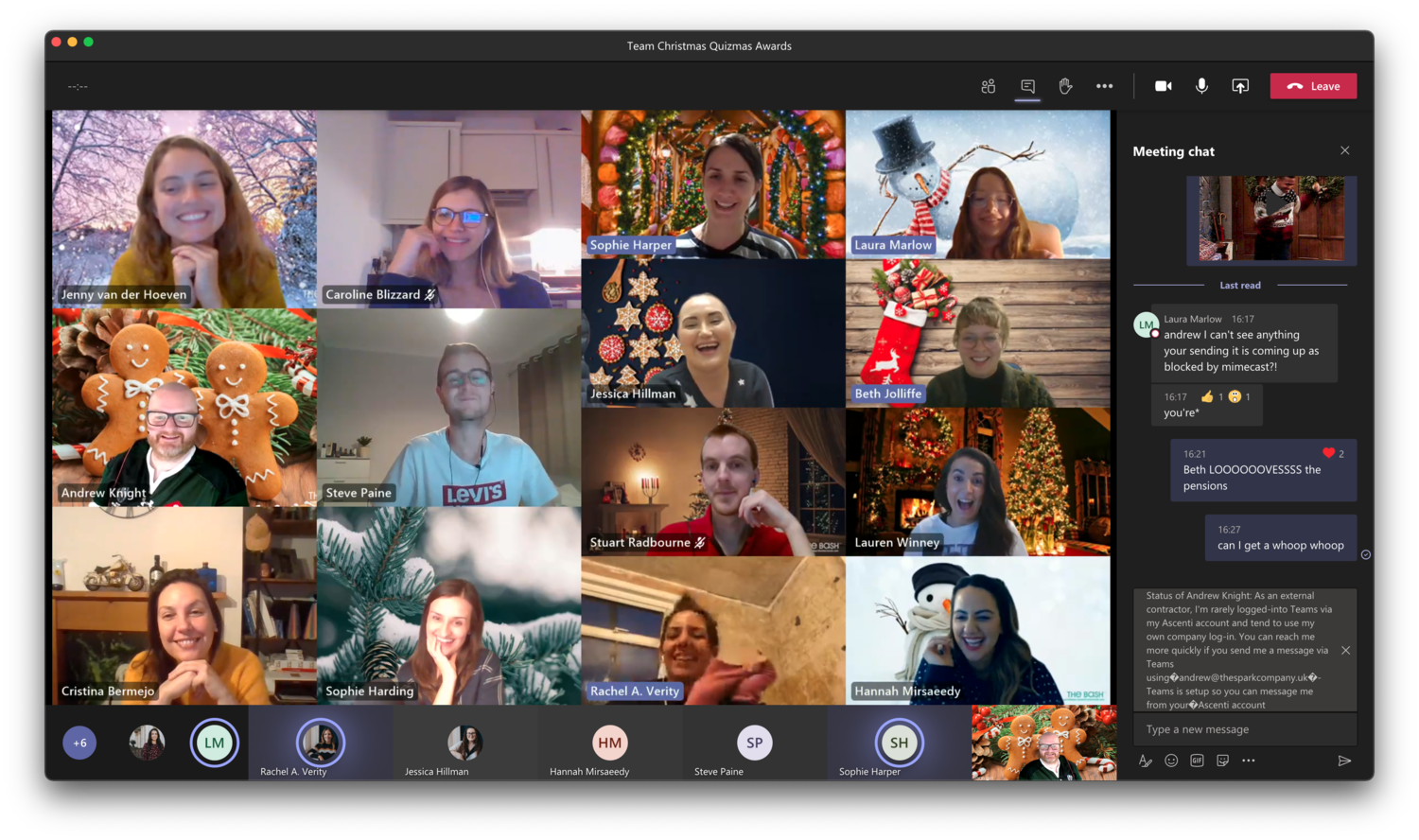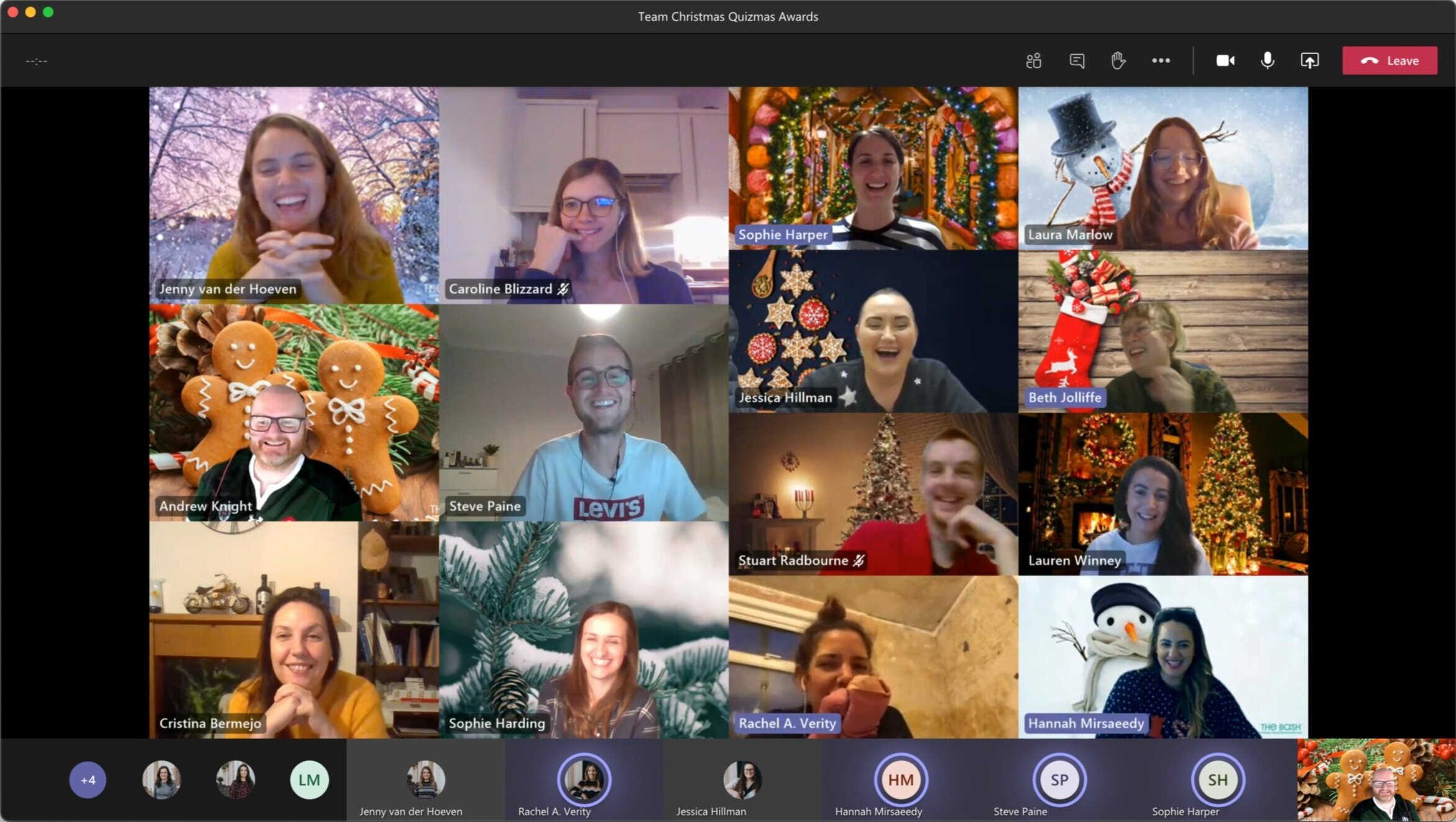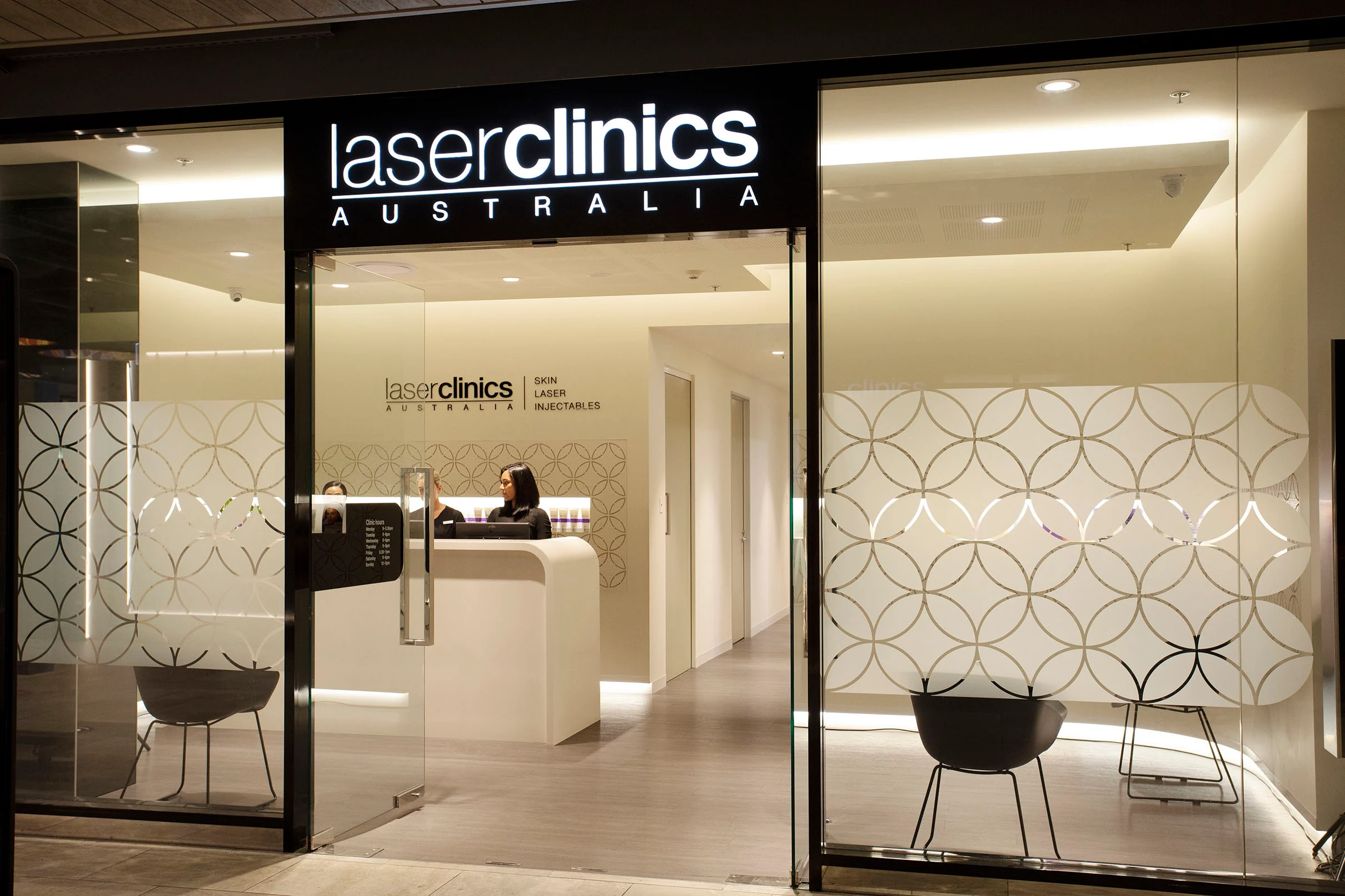Improve People Management, Reduce Pointless Admin and Get Your HR Team Firing on all Cylinders!
We’ve talked a lot recently about how to spot when things aren’t going well. We’ve covered cultural blindspots, festering grievances and ineffective organisational structures.
In lots of cases these problems emerge because those in charge of managing HR are distracted by other stuff!
From holiday pay and recruitment challenges through to furlough – a busy HR team often gets bogged down with no time to see the big picture. It doesn’t have to be this way!
Changes to company infrastructure and HR systems could revolutionise the capacity of your HR team and make it easier for your organisation to get things done. After all, most (if not all) HR people want to do the best for you, your teams and your customers.
Our job as HR practitioners is to enable you to achieve your goals and objectives
What parts of people management should sit with HR?
This might come as a bit of a shock, but virtually all day-to-day people management decisions should sit with line managers, not HR.
This means everything from 1:1s, performance coaching, recognising achievements, managing attendance, and so on …
Organisations that manage people through a centralised HR department are outdated and often not resourced effectively. Gone are the days of HR making decisions for managers or telling managers what to do.
In modern organisations, it’s HR that enables and managers that manage
Great. But what are HR doing, whilst I’m doing all the people stuff?
It makes more sense for teams to be given the skills and flexibility to manage their people properly.
If you can achieve this, then your HR team will have the time and space to make your organisation function better. There are four things they can do to achieve this (Ulrich model):
Be a Strategic Partner
-
This is about the alignment of HR activities and initiatives with your business aims and strategy.
-
Strategic partners see beyond the internal function of HR to consider the customer and how best to organise the business to serve their needs.
-
It’s usually a job for HR Directors and HR Business Partners.
Be a Change Agent
-
An HR team can be instrumental in supporting change that helps the business to achieve its aims.
-
It’s not about restructuring for the sake of it.
-
The role of HR is to be an expert and trusted adviser, and driver of change activities.
-
They should also be able to understand the future skills and talent needed to make any organisational changes a success.
Be an Employee Champion
-
Being an employee champion is about doing the best for colleagues, leaders, and customers, it shouldn’t be confused with formal advocacy or trade union activity.
-
Good leadership, clear brand values and a solid organisational moral compass will nurture authentic employee champions.
-
These people are crucial and act as the conscience of the business, taking care of people at all levels equally, and prioritising ethical and fair business practices.
Be an Administrative Expert
-
We don’t mean the world’s fastest touch-typist!
-
In the past HR was about writing letters and documents for managers as they ‘couldn’t be trusted’ to do it themselves.
-
These days it’s about creating efficient administrative systems, providing user-friendly templates for managers to personalise and most of all, maintaining excellent HR technology that enables people.
-
In short, this is where HR can and should, get out of your way.
HR falls down when we focus on one role and not excellence in all areas
How are HR using technology to manage and enable people?
Knowing when to automate processes and when the human touch is still needed, is a key skill for HR leaders.
We all expect on-demand and instant service, from banking apps to self-service tills in stores, HR is no different.
Our colleagues expect to be able to easily make holiday bookings, record appraisal ratings and access their data at the touch of a button.
An HR team that’s nailed being an ‘administrative expert’ will be creating, maintaining, and evolving systems, tools, and technology to serve you better. Remember, a system with even a minimal level of automation can save hours of wasted time and admin that does not add value, freeing-up time for HR teams to add value in other ways.
HR technology can be used to enhance engagement and save valuable time
What is the gold standard for a modern HR team?
Obviously, all organisations are different, but the key is to enable your HR Team to be an integral part of the business, not an afterthought.
HR Teams come in all different shapes and sizes, but the best and most effective HR functions a focused on their customers.
Award-winning HR Teams enable managers and teams to achieve their goals
We’ll give a gold star to any HR team that …
-
Puts the customer first – HR is a core support function, so an overhead that you need to get the best value for. HRBPs and HR Directors should be structuring the business to better achieve your customer goals. When you understand what the customer needs you can shape systems and processes accordingly.
-
Is a genuine catalyst for change – Top HR teams will ask tough questions about how you’re going to achieve your objectives. This can result in minor adaptations and actions, or major restructures and changes to how the business works. Either way, a top-notch HR team will be help you to manage change effectively and sustainably.
-
Empowers others to make change happen! – Your HR team should be the experts at enabling and empowering managers to deliver the business plan for your customers.
-
Makes the best use of talent and skill – Specialists specialise and generalists generalise. Wait…what? We’re talking about making the best use of talent, skill, and experience both within your team and elsewhere. Rely on your HRBP to get the best from your HR service and help you achieve your goals, and leave specialists to deliver project work and key goals across the organisation.
-
Is totally prepared to say ‘no’ – The best HR teams help leaders to avoid unfocused vanity projects and ad hoc ‘people initiatives’ (so unhelpful) that aren’t linked to a proper strategy or business goals. Empower your HR Team to say ‘no’ to things that will not help to achieve your vision.
How can I achieve HR gold?
Be bold and give more power to the people! If your HR team is micromanaging every person in your business from some ivory tower (or just a bog-standard red brick HQ) have a good think about what they could achieve if they weren’t rubber stamping holiday request forms or typing up appraisals.
There is so much that can be achieved by overhauling outdated systems. Even by introducing one single approval workflow in a business, we saved 1,000 hours of management time over a year.
Give me a call and I’ll explain how even minor changes like this can make a dramatic difference.
I need the help of a HR specialist to transform my HR function
You might not know how or where to start changing things to create extra capacity in your HR Team. You might need an experienced and knowledgeable HR specialist to help you get started and create an action plan.
I love working with HR Teams to release capacity and release their potential. Who knows what they might achieve?
Get in touch for a friendly chat about how I can help.
Image credits
Images sourced from Canva Pro and are photographers are not individually credited. If you see one of your photos above, please let us know so we can credit you here. Photo of Andrew Knight by Nick Morrish from Nick Morrish Photography
